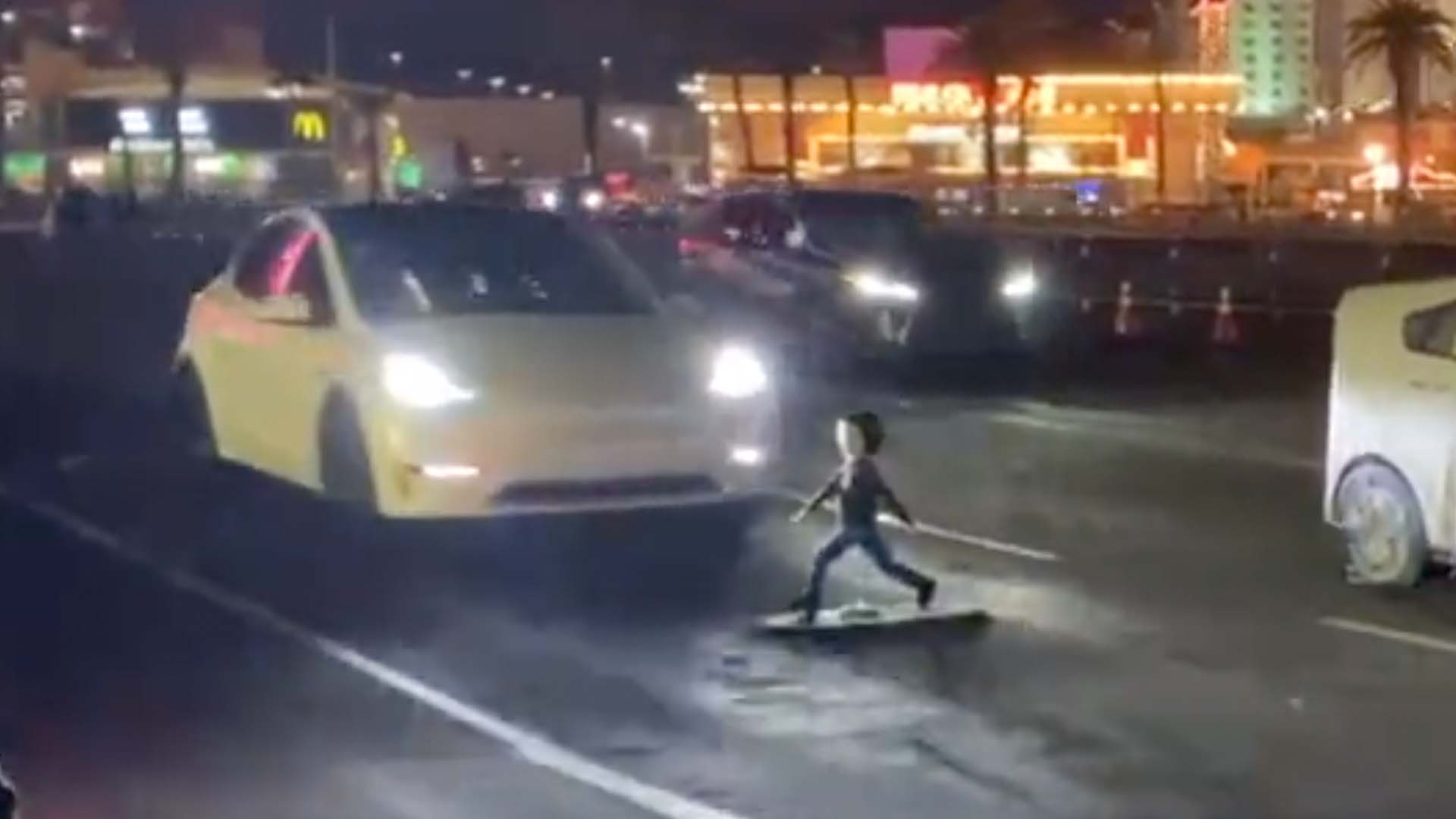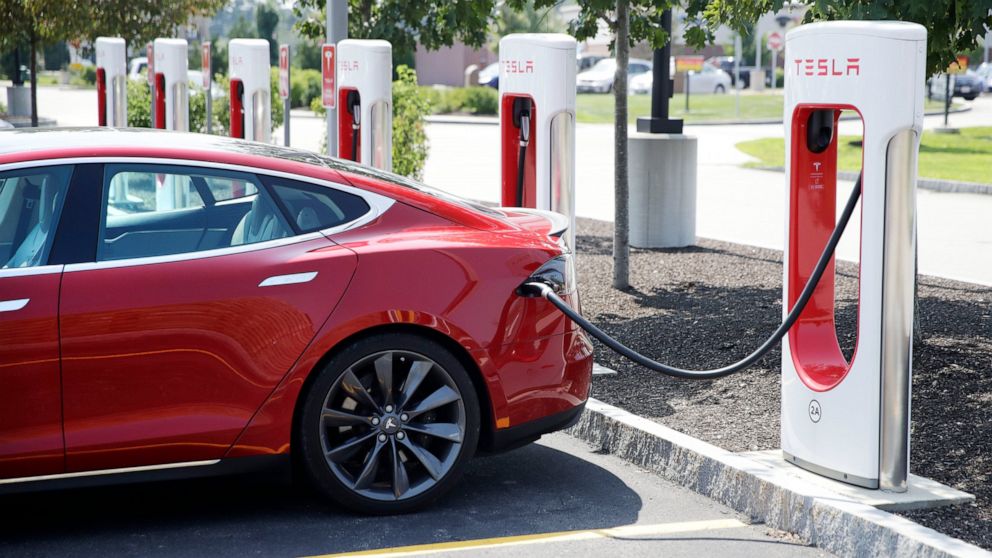Perhaps AP should be trained to heed a dude with a warning light.
AP disengaged 2-3 seconds before impact.
AP disengaged 2-3 seconds before impact.
You can install our site as a web app on your iOS device by utilizing the Add to Home Screen feature in Safari. Please see this thread for more details on this.
Note: This feature may not be available in some browsers.
I am guessing you did not read this tweet closely. Green said that the driver *overrode* FSD to change lanes into the obstructed lane. Autopilot would have avoided it; human chose and caused it. You can do this with AP engaged using the turn signal.
I am guessing you did not read this tweet closely. Green said that the driver *overrode* FSD to change lanes into the obstructed lane. Autopilot would have avoided it; human chose and caused it. You can do this with AP engaged using the turn signal.


Not sure what you are saying, but regardless if human commanded to move into a danger area, AP should have braked (hard?) and possibly disengaged (before human disengaged). Text says human disengaged 2-3 seconds before impact.I am guessing you did not read this tweet closely. Green said that the driver *overrode* FSD to change lanes into the obstructed lane. Autopilot would have avoided it; human chose and caused it. You can do this with AP engaged using the turn signal.
That's the risk of overlying on technology. Especially an expensive one. Many thought it costs a lot so it must be good. Many don't even notice that it's an unproven technology and they think their "trust" should do it....it's still the driver who's at true fault...
This is likely a big reason why this problem exists to the degree in which it does.it's still the driver who's at true fault.
One thing of interest is this vehicle didn't have Tesla Vision so it wasn't the latest, and greatest (or poorest) software.current software doesn't detect stopped vehicles
...I'm more interested in why AEB didn't kick in...
...So, what about AEB? From the video, it's not obvious whether AEB triggered or not. But AEB is not guaranteed to prevent an accident. It only mitigates the damage by reducing speed. In this case, the car did slow prior to the crash. Whether it was AEB, the driver, or both, is not apparent...


These posts are always amusing. Obviously someone is just trying to be funny. That’s pretty hilarious. All fun and games until someone gets hurt I suppose.FSD: Flat tire after hitting a curb:

 www.ksl.com
www.ksl.com
What version is the AP? I don't think AP1 does any good for motorcyclists....AP hits and kills a motorcyclist in Salt Lake City.
Will full stack prevent this?...
Article does not state how the police determined that the car was using AP at the time of the crash. Maybe based on the driver's statement. The same driver who claims he didn't see the motorcycle and would be motivated to find another liable party?Driver not paying attention, AP hits and kills a motorcyclist in Salt Lake City.
Motorcyclist dies in I-15 collision with Tesla on autopilot, UHP says
A motorcyclist died after being hit from behind on I-15 Sunday in Draper by a Tesla on autopilot, the Utah Highway Patrol reported.www.ksl.com
Will full stack prevent this? When is it coming?
In the past, if it were not Autopilot, Tesla would be the first one to set the records straight. Tesla has real-time telemetry if the car's 12V power system is not cut off....The report comes too soon for police to be able to get access to the car's telemetry data from Tesla...


